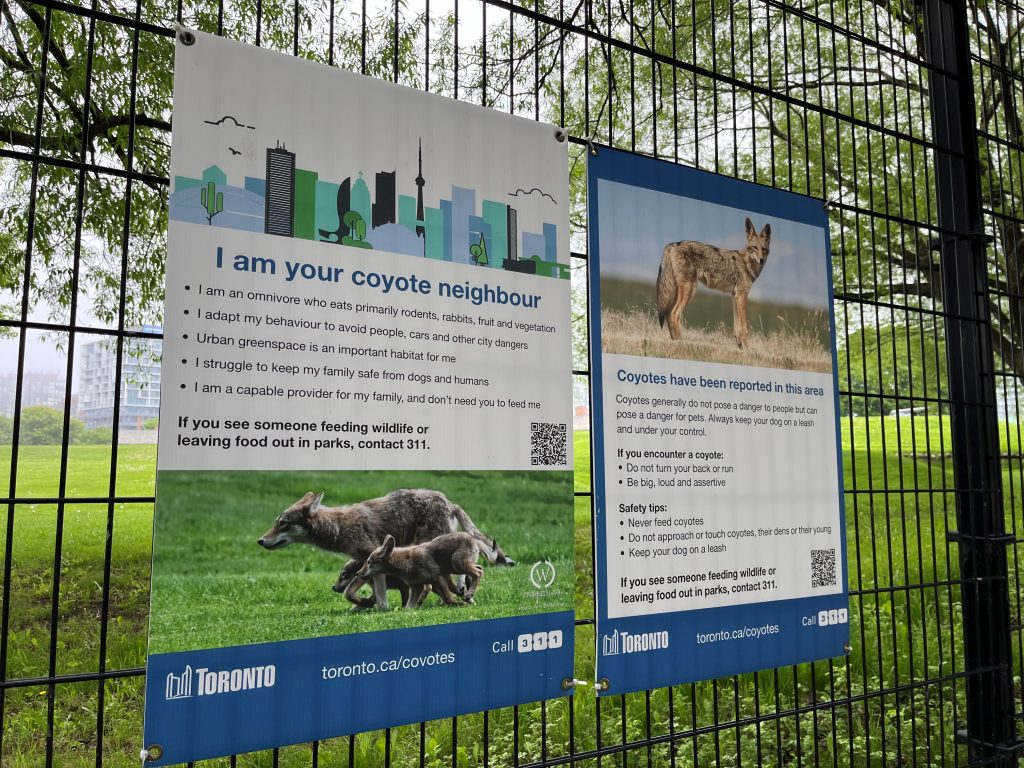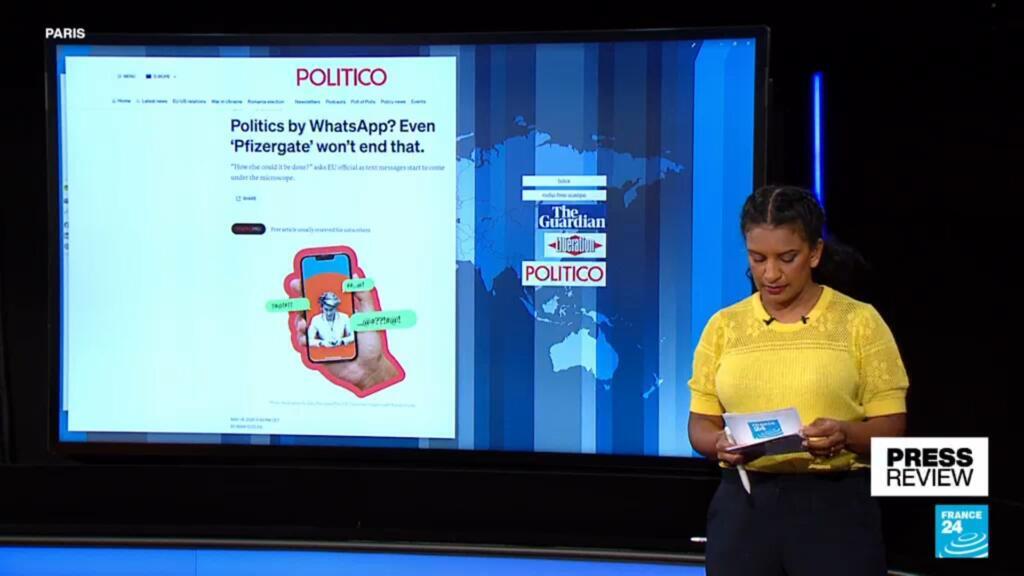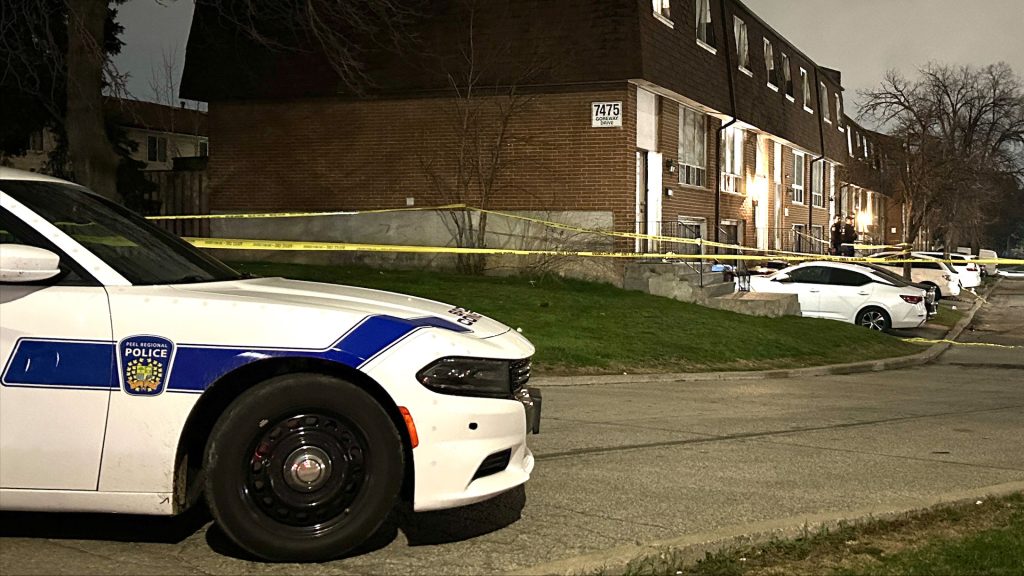After a surge of dangerous coyote encounters in Liberty Village and Fort York, the City of Toronto has euthanized two coyotes linked to the attacks that resulted in multiple pet fatalities. This decision comes following reports of over 100 incidents and the deaths of five dogs since November 2024, as recorded by the resident-led group Coyote Safety Coalition.
In a news release issued on Tuesday, the City described the euthanization as a "difficult decision," emphasizing that culling was not their first choice. Recent efforts included employing an expert panel, collaborating with organizations like Coyote Watch Canada and Critter Gitter, and increasing community awareness about coexistence with wildlife. City officials tightened regulations on off-leash dogs and enhanced educational signage in the affected areas to promote safety.
Last month, Toronto Animal Services identified one out of four coyotes as primarily responsible for most violent incidents. This particular coyote showed signs of mange and exhibited aggressive behavior. The news release noted that this coyote had a mate typically present during encounters with humans and dogs. Consequently, the city's assertion was that the mated pair had undergone humane euthanization in compliance with provincial regulations.
While emphasizing the importance of wildlife support in urban settings, the City also acknowledged that action was necessary for public safety when the behavior of animals becomes threatening. The City mentioned that of the remaining two coyotes, one appears to have vacated the area due to ongoing aversion activities, while the other does not seem habituated to human interaction.
Deputy Mayor and Spadina-Fort York councillor Ausma Malik highlighted that the situation was approached as a last resort after all other options were explored. She expressed gratitude to residents for their activism and city staff for their efforts in ensuring community safety.
The City has committed to a downtown coyote action plan proposed by Malik, which was adopted recently. This comprehensive plan includes waste management, property maintenance, bylaw enforcement, and increased public education about coyote interactions. It also seeks to modify the city's existing 2013 Coyote Response Strategy, with updates set for discussion at the upcoming Economic and Community Development Committee and City Council meetings.
Residents have been increasingly vocal about their alarm at coyote encounters, notably those in which these animals appeared unafraid of humans and unresponsive to traditional hazing methods. Reports of unexpected coyote attacks—especially on leashed dogs—have surfaced across social media platforms. Dr. Dennis Murray, a wildlife expert from Trent University, had previously suggested humane euthanasia as the only definitive solution due to the irreversible behavior of the aggressive coyotes in the area.
Murray stated, "Once animals become extremely habituated to humans, their behavior cannot be redirected," illustrating the complexity of the issue. Following the euthanization of the mated coyotes, he remarked that it was the appropriate choice and emphasized the need for the city to act based on scientific understanding rather than advocacy group pressures.
Ruby Kooner, a Liberty Village resident whose dog died following a coyote attack, founded the Coyote Safety Coalition to represent residents' concerns. Despite her advocacy for relocation instead of euthanization, she criticized the City for its inability to communicate and strategize effectively. Kooner pointed to habitat disruption caused by urban development at Ontario Place as a significant factor in heightened coyote aggression and encounters.
Spadina-Fort York MPP Chris Glover echoed similar sentiments, asserting that the provincial government had exacerbated the crisis without conducting an environmental assessment before the significant developments at Ontario Place, which greatly affected local wildlife. He stressed that community safety must be prioritized while recognizing the root causes of such conflicts with wildlife.
Community members have expressed varied perspectives regarding the implications of the city's decision. Keith Patton, a volunteer with the Coyote Safety Coalition who has been tracking coyote encounters, indicated that while the euthanization provides closure for some, it came too late for others. He noted the emotional trauma and public safety strain resulting from the city’s delayed reaction to escalating incidents.
Moving forward, both residents and experts suggest that a more responsive and communicative approach is essential for managing wildlife interactions in urban environments. The situation involving the coyotes in Liberty Village and Fort York serves as a pressing reminder of the complex interplay between urban development and local ecosystems.












